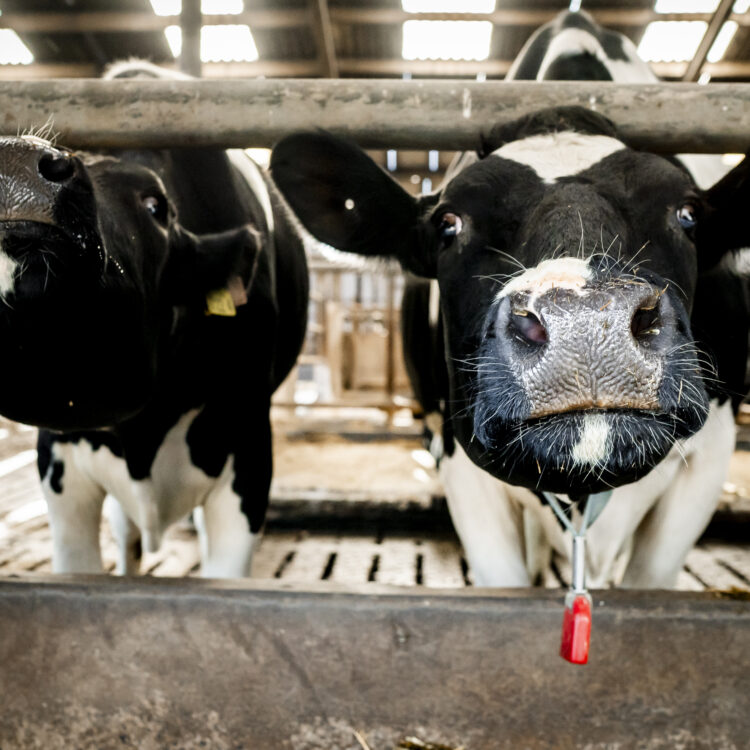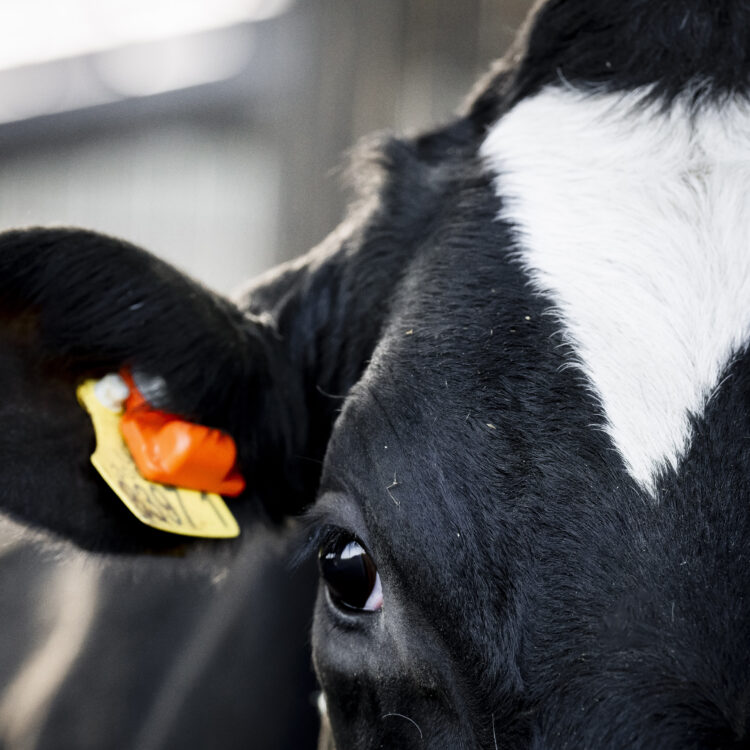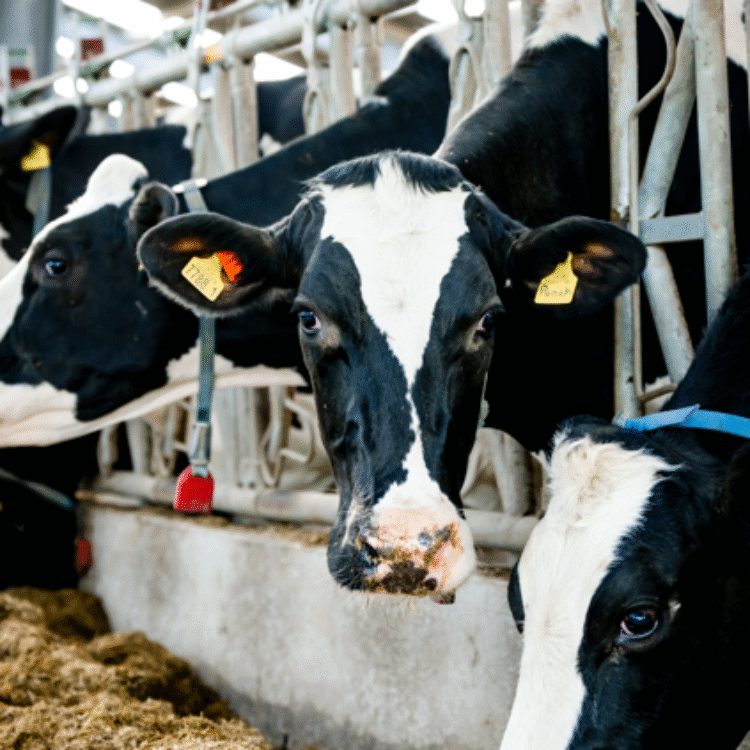
News
Milking Your Milk Contract
By Anna Millar, Ruminant Technical Manager, Trident MicroNutri
With the recent shifts among dairy processors to different milk payment options, it is more important than ever to understand your milk contract. This will allow you to put appropriate strategies in place to maximise output and overall herd profitability.
Some processors have made the move to A+B-C payments, which is a structure based on butterfat plus protein (A+B) and the deduction of a processing cost based on volume (-C). With this kind of contract, you need to put plans in place to ensure cows produce as much butterfat and protein as possible, to maximise the potential for A+B. Processors which continue to offer the more traditional volume-based contract have also placed more value on solids with increasing base prices and payments for butterfat and protein. Therefore, we can say that with either type of milk contract, there is an increasing requirement across the industry to produce higher quality milk.
The potential for cows to produce more or less butterfat and protein is largely dependant on genetics. A recent study from the University of Reading compared the milk yield and composition of the top 25% of NMR milk recording herds since 2010. Over the last 15 years, the average lifetime yield, butterfat % and protein % have increased significantly. This is good news, as it shows herds are generally on track for producing more solids, in line with requirements from processors. This trend could also coincide with the increasing use of genomic testing, which allows for more in depth understanding of the genetic traits within your herd. Consult with your local genetics advisor if you would like to make plans to increase selection for solids to help meet your processor criteria for milk payments. Remember to factor in the time it will take for the genetic potential for increased butterfat and protein to be expressed in your herd.
There are also some nutritional measures we can take to help your herd reach maximum payments for butterfat and protein.
Maintaining optimal rumen conditions is crucial for butterfat production. If the rumen becomes too acidic, the balance of bacteria changes, in particular the fibre digesters decrease, resulting in less butterfat production. This situation can occur if the diet isn’t correctly balanced, for example if there is too little fibre, or too much starch (resulting in acidosis). Additionally, the current variability in grazing conditions, especially the wet, leafy spring grass can cause rumen imbalances and butterfat depression. To mitigate this, provide sufficient digestible fibre as part of a buffer feed. Chopped straw works very well for this purpose. You can also consider adding AcidBuf to both TMR and grazing diets to maintain rumen pH and prevent cows from becoming acidotic. This helps to maintain butterfat production.
Transition cow management has a huge influence on productivity in the next lactation. The transition period occurs three weeks before and three weeks after calving. If managed correctly, we have the opportunity to set the cow up for a healthy and productive lactation, which maximises herd profitability. Ensuring the correct energy balance both before and after calving has a major influence on transition success. An essential nutrient which is often deficient in transition diets is choline. This is a very important nutrient for transition cows as it has key roles in supporting liver function and meeting energy requirements. Research has shown feeding rumen protected choline (ReaShure) during the transition period can increase milk yield, and also butterfat and protein yield. Therefore, when we increase milk yield with ReaShure, there is no dilution of solids.
For more information on nutritional strategies to help you achieve production targets, please contact us on 02894 473478 or complete the contact form and we will get back to you
-

Boost Milk Yield & Profitability with Rumen-Protected Amino Acids
This outlook highlights the growing importance of rumen-protected amino acids (RPAAs) in modern dairy nutrition. Advances in genetics have increased…
-

Mycotoxins in Maize: What You Need to Know This Season
Maize silage is an excellent forage for dairy cows – highly palatable and delivers energy whilst supporting rumen health. But,…
-

Mycotoxins In Maize
Maize can be an excellent forage for dairy cows. It is high in energy, while slowly fermentable and containing enough…
